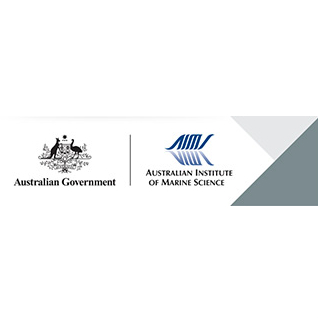Brief description
A series of experiments examining the migration of chloroplasts in a number of Halimeda species (Halimeda distorta, Halimeda hederacea, Halimeda opuntia, Halimeda spp., Halimeda tuna)Time-lapse photography was used to record the change in colour from dark-green to almost white condition. The surface area of growing segments on the time-lapse films was measured using a computer interface with the video frames.Halimeda spp. (collected from Cockle Bay, Magnetic Island) was used in laboratory experiments (conducted at AIMS) and was also studied in conjunction with Halimeda hederacea and Halimeda opuntia at Davies Reef.Spectrophotometry of acetone extracts was used to determine the chlorophyll a and b contents of freeze-dried Halimeda. A LICOR LI 3000 area meter with a LI 3050 conveyor system measured surface areas of segments and also the segments from branches used to measure photosynthesis and respiration rates which were placed in an adjacent tank. Pigment content and oxygen metabolism are expressed per unit area of segment.The effects of temperature (5 degree increments between 15 and 30°C) were examined in laboratory experiments on Halimeda distorta and Halimeda tuna.The effect of circadian rhythms was examined in a further laboratory experiment on Halimeda distorta. To better understand paling patterns in Halimeda species.Lineage
Maintenance and Update Frequency: notPlannedNotes
CreditDrew, Edward A, Dr (Principal Investigator)
Modified: 23 06 2025
text: westlimit=146.81; southlimit=-19.28; eastlimit=147.65; northlimit=-18.245
Studies on Halimeda. V. Effect of Temperature on Chloroplast Migration in this Siphonous Green Alga: Drew EA and Abel KM (1995) Studies on Halimeda. V. Effect of Temperature on Chloroplast Migration in this Siphonous Green Alga. Biological Rhythm Research 26: 48-54.
local : articleId=2447
Studies on Halimeda. IV. An edogenous rhythm of chloroplast migration in the siphonous green alga, H.distorta: Drew EA and Abel KM (1992) Studies on Halimeda. IV. An edogenous rhythm of chloroplast migration in the siphonous green alga, H.distorta. Journal of Interdisciplinary Cycle Research 23: 128-135.
local : articleId=2416
Studies on Halimeda. III. A daily cycle of chloroplast migration within segments: Drew EA and Abel KM (1990) Studies on Halimeda. III. A daily cycle of chloroplast migration within segments. Botanica Marina 33: 31-45.
local : articleId=2290
Growth of Halimeda in reefal and inter-reefal environments: Drew EA and Abel KM (1983) Growth of Halimeda in reefal and inter-reefal environments. pp. 299-304. In: Baker JT, Carter RM, Sammarco PW and Stark KP (eds) Proceedings: Inaugural Great Barrier Reef Conference, Townsville Aug 28 - Sept 2, 1983. James Cook University Press.
local : articleId=8263
- global : 27d43cff-4b89-48da-801b-935e1771d662


